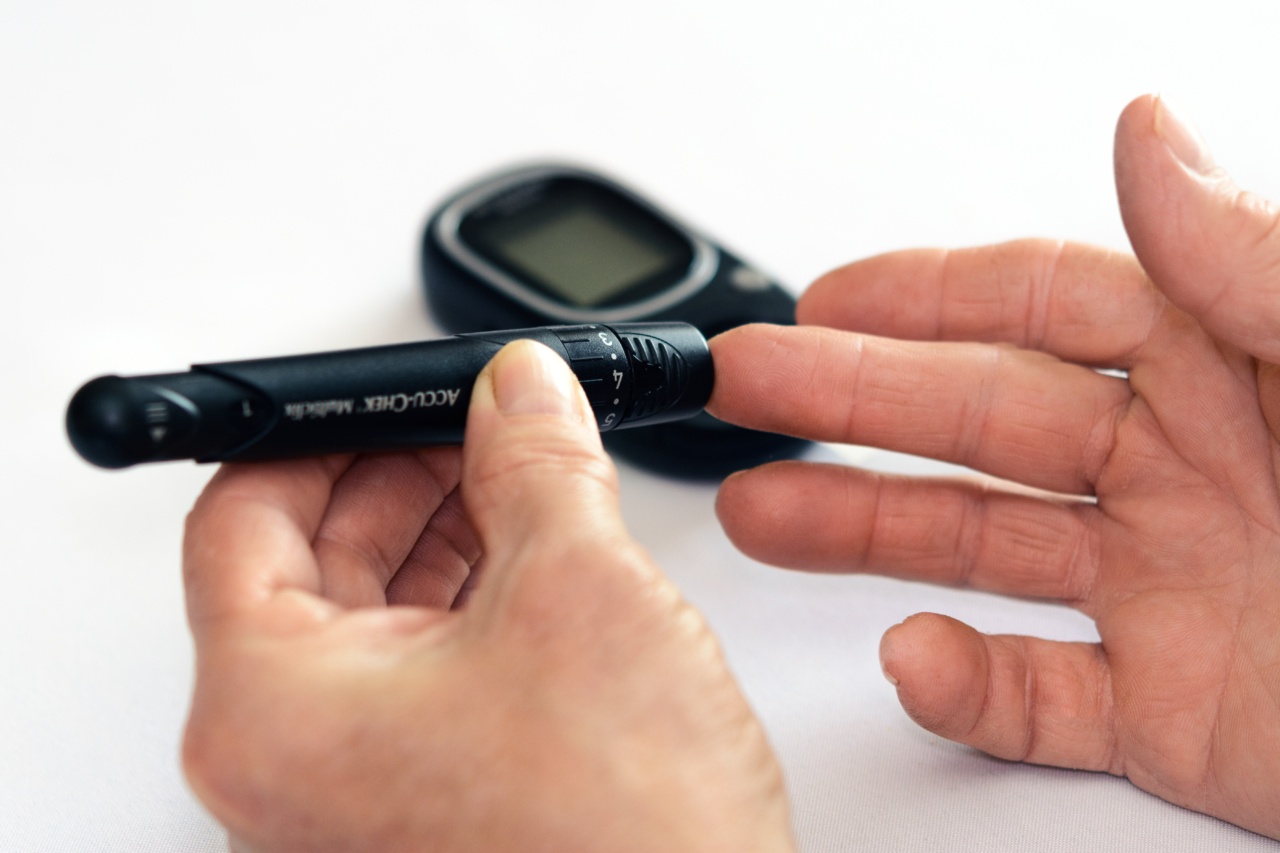Diabetes is a chronic metabolic disorder characterized by high blood sugar levels (hyperglycemia). This disease affects millions of people worldwide and is attributed to genetic and lifestyle factors.
Pancreatic cancer, on the other hand, is a deadly malignancy that develops in the cells of the pancreas, an organ located behind the stomach. Both conditions have been shown to be linked, with individuals suffering from diabetes being at a higher risk of developing pancreatic cancer.
The Mechanism Behind the Link
The association between diabetes and pancreatic cancer is complex, and researchers are still trying to unravel the mechanism that makes people with diabetes more prone to pancreatic cancer.
However, studies have shown that the development of diabetes causes the pancreas to work harder to produce insulin, the hormone that regulates blood sugar levels. This increased production may lead to damage to the pancreas cells, eventually leading to a higher risk of developing pancreatic cancer.
Diabetes and Pancreatic Cancer Risk
Research has found a higher prevalence of pancreatic cancer in diabetic patients compared to the general population.
A study by the American Cancer Society reports that individuals with diabetes have a 40% higher risk of developing pancreatic cancer than those without diabetes. The link between diabetes duration and pancreatic cancer risk also exists, with individuals suffering from diabetes for more than five years being at a higher risk of developing pancreatic cancer.
Other Risk Factors Contributing to the Link
Other factors have been identified, which contribute to the link between diabetes and pancreatic cancer. Some of these factors include:.
Obesity
Obesity is a significant risk factor for both diabetes and pancreatic cancer. Being overweight or obese increases insulin resistance, causing the pancreas to overwork, increasing the chances of developing pancreatic cancer.
A study conducted in Sweden found that individuals with a body mass index (BMI) of above 30 kg/m² had a 50% higher risk of developing pancreatic cancer.
Smoking
Smoking is a significant cause of pancreatic cancer. It increases the risk of the disease by 75%. The link between smoking and pancreatic cancer is also more significant in people with diabetes.
A study conducted by the National Institute of Health (NIH) found that smokers with diabetes had a 2.6-fold increased risk of developing pancreatic cancer compared to non-smokers with diabetes.
Pancreatitis
Pancreatitis is inflammation of the pancreas. Chronic pancreatitis, which is associated with long-term alcohol use, is a risk factor for pancreatic cancer.
People with chronic pancreatitis are also more likely to develop diabetes, which increases their risk of developing pancreatic cancer.
Family History of Cancer
Families with a history of pancreatic cancer or other cancers like breast and ovarian have an increased risk of developing pancreatic cancer. People with diabetes and a family history of cancer should be screened regularly for pancreatic cancer.
Early Detection of Pancreatic Cancer in Diabetic Patients
The early detection of pancreatic cancer in diabetic patients is a challenge due to the overlap of symptoms between the two conditions.
However, screening tests such as computed tomography (CT) scans and magnetic resonance imaging (MRI) can help detect the cancer early. Regular screening for pancreatic cancer in diabetic patients can significantly improve the outcome and survival rate of those diagnosed with the disease.
Conclusion
The link between diabetes and pancreatic cancer is complex, but it is essential to identify the risk factors and take preventive measures.
This includes maintaining a healthy weight, avoiding smoking, reducing alcohol consumption, and regular screening for pancreatic cancer. Early detection plays a key role in improving the outcome of pancreatic cancer patients.




























